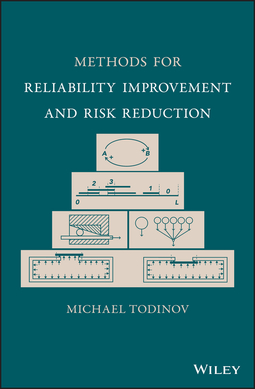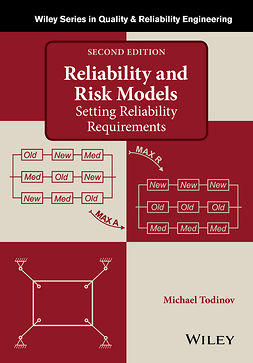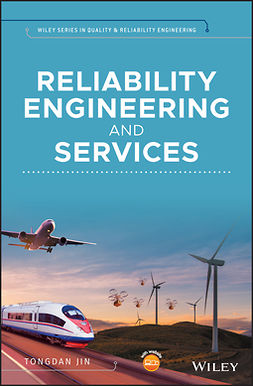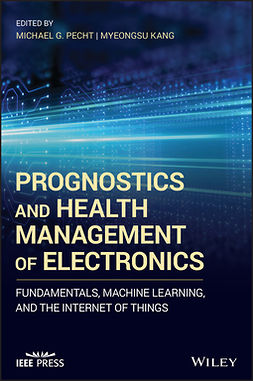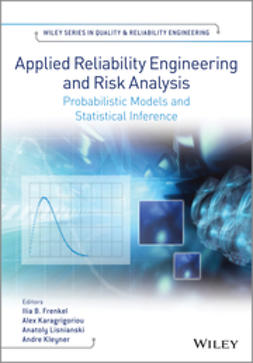Todinov, Michael
Methods for Reliability Improvement and Risk Reduction
Reliability is one of the most important attributes for the products and processes of any company or organization. This important work provides a powerful framework of domain-independent reliability improvement and risk reducing methods which can greatly lower risk in any area of human activity. It reviews existing methods for risk reduction that can be classified as domain-independent and introduces the following new domain-independent reliability improvement and risk reduction methods:
- Separation
- Stochastic separation
- Introducing deliberate weaknesses
- Segmentation
- Self-reinforcement
- Inversion
- Reducing the rate of accumulation of damage
- Permutation
- Substitution
- Limiting the space and time exposure
- Comparative reliability models
The domain-independent methods for reliability improvement and risk reduction do not depend on the availability of past failure data, domain-specific expertise or knowledge of the failure mechanisms underlying the failure modes. Through numerous examples and case studies, this invaluable guide shows that many of the new domain-independent methods improve reliability at no extra cost or at a low cost.
Using the proven methods in this book, any company and organisation can greatly enhance the reliability of its products and operations.
Nyckelord: reliability improvement; risk reduction; physics-of-failure; triz; potential loss; conditional loss; risk of failure; improving reliability; reducing risk; failure modes; root-cause analysis; latent faults; fault-tolerant system design; fail-safe system design; standby redundancy; active k-out-of-n redundancy; fail-safe principle; fail-safe design; design vulnerabilities; load distribution; strength distribution; robust design; condition monitoring; hazard potential; damage escalation; risk planning; method of separation; risk-critical factors; deliberate weaknesses; permutation stochastic separation; segmentation; inversion; inverse states; inverse thinking; self-reinforcement; positive feedback loops; reducing the rate of damage accumulation; substitution; acceleration stresses; reducing space exposure; reducing time exposure; comparative models; quantifying uncertainty; variance upper bound theorem, Quality & Reliability, General & Introductory Civil Engineering & Construction, Quality & Reliability, General & Introductory Civil Engineering & Construction
- Författare
- Todinov, Michael
- Utgivare
- John Wiley and Sons, Inc.
- Utgivningsår
- 2019
- Språk
- en
- Utgåva
- 1
- Sidantal
- 288 sidor
- Kategori
- Teknologi, energi, trafik
- Format
- E-bok
- eISBN (ePUB)
- 9781119477594
- Tryckt ISBN
- 9781119477587

